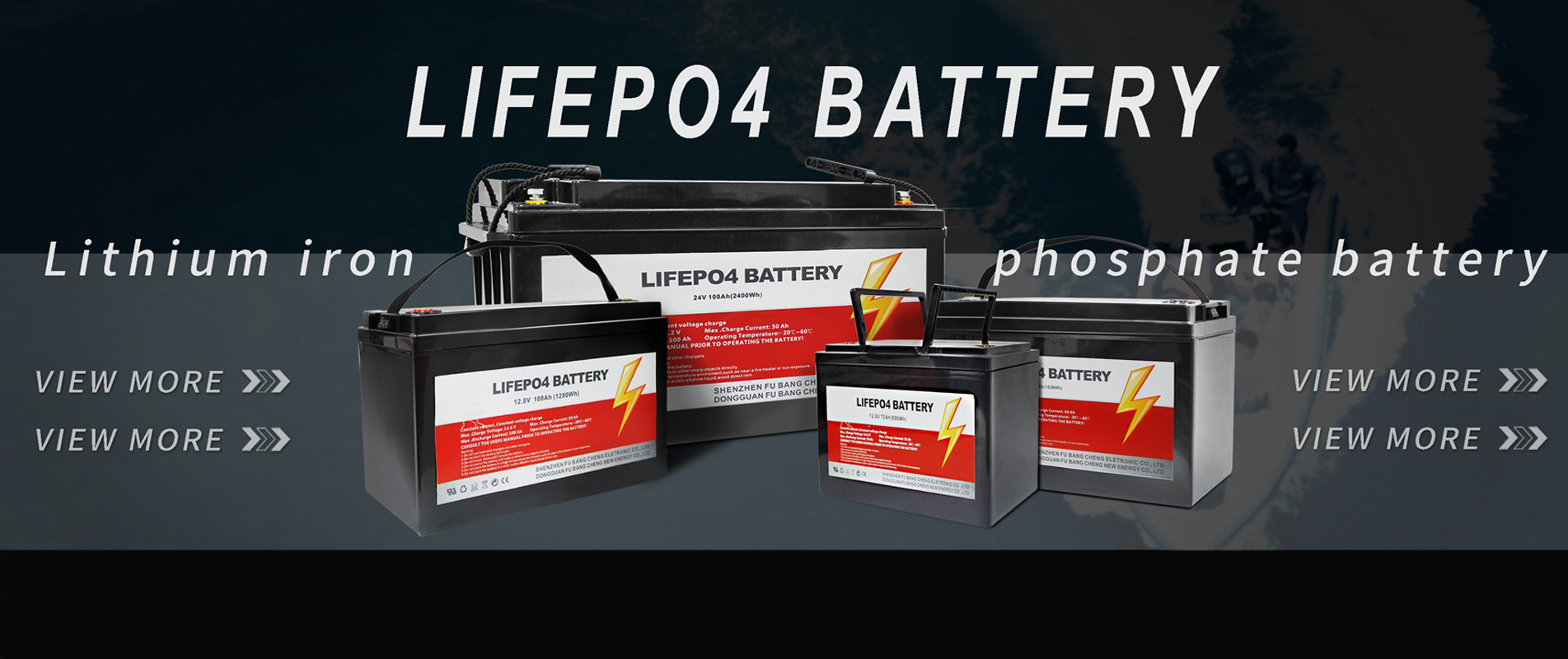The weight energy density of lithium-ion batteries is generally 200 ~ 260wh/g at present; Lead-acid batteries are generally in 50~70wh/g, nickel-metal hydride batteries in 40 ~70wh/ kg. That means the other two are three to five times heavier than lithium-ion batteries for the same capacity. Therefore, in the light weight of energy storage device, lithium battery occupies absolute advantage.
The volume capacity density of lithium battery is usually about 1.5 times that of lead-acid battery, and the energy density of nickel metal hydride battery is only 60-80% that of lithium ion battery, so the volume of lithium battery is also smaller under the same capacity.
Fast charging
Due to the lively performance of lithium ion, the speed of moving inside the battery is fast, so the charging current is large, the charging speed is fast, a lithium ion battery can be full in about 3 hours; Nickel metal hydride battery charging speed is very slow, it takes about 1 day to full.
There is no memory effect
Memory effect is an effect that crystallizes the contents of a battery due to its use. For nickel-based batteries, the crystals on the nickel plate thicken over time, affecting their contact with the electrolyte and reducing their capacity. A few full charges and discharges allow the grain to be refined and the capacity to be partially restored, which is called "activation."
Lithium batteries have no memory effect and only need to activate the battery through 3-5 normal charging and discharging cycles to restore the normal capacity.
Environmental protection
Under the environmental protection policy, in order to ensure the environment can reduce pollution, there are pollution caused by improper treatment in the production, use and recycling of lead-acid batteries, while lithium batteries are relatively environmentally friendly due to their better packaging and sealing work.
























